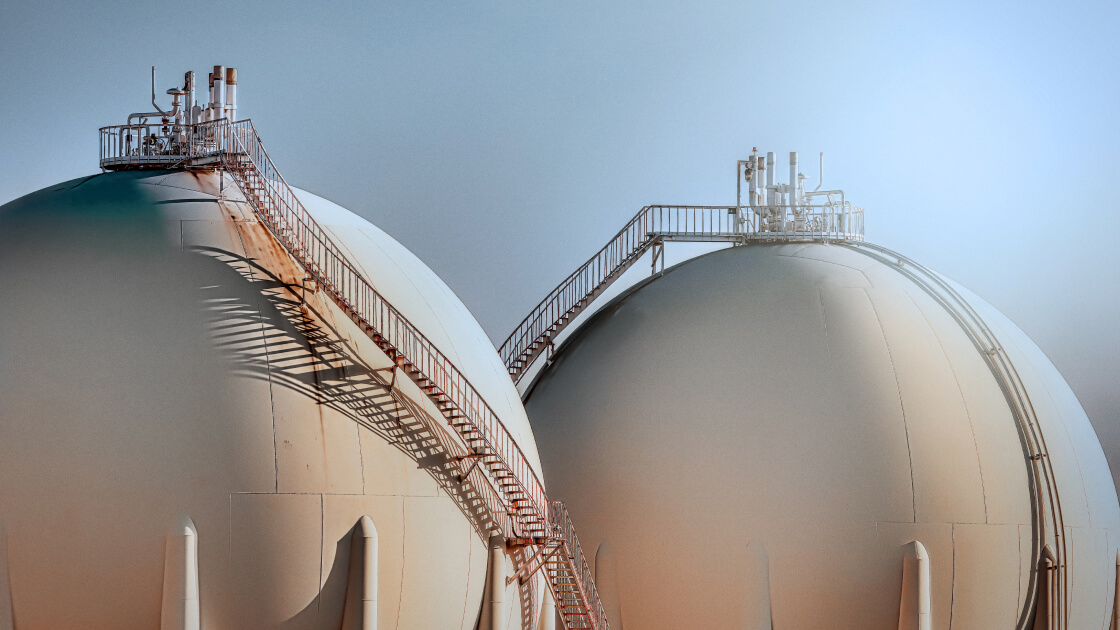In the world of crime dramas, science often takes a back seat to entertainment. You probably already know that it takes weeks or months (not minutes) to process DNA evidence. But what about the popular trope of enhancing blurry images to identify suspects? Where’s the line between fact and fiction?
Although TV shows can make image enhancement look comically easy, that doesn’t mean it’s impossible. Quite the opposite is true, with law enforcement often tasked with extracting plate numbers from low quality images. Whether they’re successful or not depends on two overarching factors.
A lot can go wrong with image quality. It’s affected by the camera’s properties (sensor, shutter, lens, etc.), the speed and motion of the car, the relative placement of the car and the camera, lighting, weather and any objects obstructing the view. Let’s consider two scenarios. In the first scenario, the security camera has a good lens, and it’s close to a car that’s slowly driving out of a well-lit parking garage. In the second scenario, the security camera shows a car speeding down the highway in a snowstorm.
Naturally, the first scenario has more favorable conditions for reading a license plate number. In the second scenario, your odds go up or down with the frame rate of the camera. Traffic monitoring cameras on highways often demand 60 frames per second to capture fast-moving vehicles. Even at this framerate though, snow, dirt or debris can make it difficult for the camera’s software to get a correct read.
Automatic license plate recognition (ALPR) cameras can read license plates in a variety of conditions, including when plates are partially obscured by snow or other physical blockers. However, there are still limitations to what ALPR systems can achieve in extreme conditions. The effectiveness depends on the severity of the obstruction and the technology used in the ALPR system.
So, besides proactively selecting and setting up security cameras for optimal results, what can you do about a poor-quality image?
There are three general levels of enhancement, each with increasing complexity:
- Image editing software: Let’s say you’re a civilian looking to report someone who was speeding down your street. All you have is a blurry image. You could use a tool like Photoshop to convert the image to monochrome. This method increases the contrast, making it easier to read the license plate number.
- Video management software (VMS): Many government agencies and businesses use video management software for license plate recognition (LPR/ALPR). With a low-quality image, the software can automatically select the best-quality frame, apply the “convert to monochrome" method and match the plate number to a government database. This is possible with Milestone’s XProtect® VMS, where you can either use Milestone’s own LPR extension or integrate a third-party LPR tool at no additional cost.
- Machine learning: In the worst-quality cases, machine learning has the potential to save the day. Unfortunately, it requires substantial computing power, time and human effort. A scientist might spend weeks or even months tweaking one image property at a time, manually analyzing the results and “teaching” the computer what changes helped. Though not as quick as our on-screen detectives, this method has proven effective in solving real-life, high-profile crimes.
Long story short, image enhancement itself isn’t fictional. But magnifying a grainy parking lot image to be able to see a license plate number reflected off a victim’s eyeball…That’s basically impossible, as it would require an image resolution and environmental conditions that have nothing to do with the reality of video surveillance.
While TV shows and movies exaggerate what’s technically possible with video security software, license plate recognition has a variety of genuine uses in many different sectors:
- Residential: This Virtual Doorman service in Uruguay remotely assists residents with a combination of video management software and license plate recognition. Visitors, guests and delivery drivers are remotely granted entry via intercoms and mobile credentials. Garage and parking barriers open automatically for residents’ vehicles, detected by cameras equipped with license plate recognition.
- Retail: Whether at a fast-food restaurant, pharmacy or other drive-through business, customers are often under time pressure and expect a quick, seamless experience. A technology company in Australia working with these kinds of retailers developed a way to match repeat customers’ orders to their license plates for speedier customer service.
- Manufacturing: Sometimes, license plate recognition is an excellent extension of what video monitoring can do for a business. This Italian packaging company uses video to streamline repairs on its production line, but it also uses the same video management system for license plate recognition that grants access to vehicles entering and leaving the premises.
- Law enforcement: The Royal Bahamas Police Force use license plate recognition to crack down on hit-and-run cases after experiencing a surge between 2009-2015. Tracking vehicles involved in these accidents is one of the ways they’re using video management to improve safety across the city.
Does your organization need license plate recognition? We’d be happy to show you what’s possible with Milestone. Please send us a message or book a demo.

